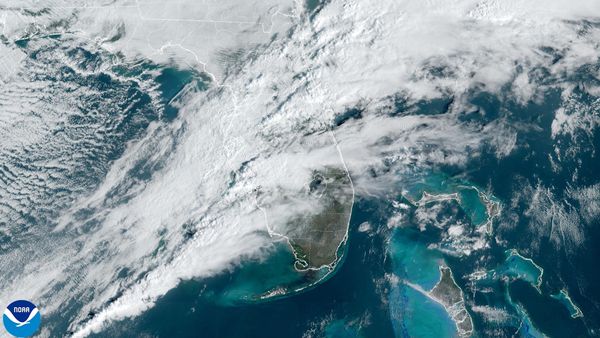Gang formation in Glasgow is thought to stretch back to the 1880s, but with unemployment on the rise in the early 30s, gang culture was at its peak.
The decline in heavy industries saw those employed in areas such as shipbuilding out of work, and on the streets. As the decade began, around a third of Glasgow’s population was unemployed - and Britain’s most overcrowded city at the time was seeing residents without a sense of purpose.
Many gangs were active across the city but two of the most notorious were the Bridgeton Billy Boys - led by Billy Fullerton - and the Norman Conks, who took their name from the Norman Street area of Bridgeton. Throughout the 30s, more gangs such as the Govan Team, the San Toi, and the Bingo Boys had come into the mix.
The Protestant Billy Boys clashed with the Roman Catholic Norman Conks in the East End of the city. With up to 800 young men involved in different gangs across Glasgow, police were outnumbered.
Such was their notoriety, Glasgow's razor gangs even featured in the series 5 of Peaky Blinders, with the Billy Boys killing fictional Roman Gypsey hitman Aberama Gold. While the storyline is made up, BBC Scotland series Crime Files stressed the violence of Glasgow’s gangs was ‘very real’.
In David Wilson’s investigative series, Fiona Walker tells viewers: “The gangs did a roaring trade in stolen cigarettes and whisky, extorted protection money from pubs, and threatened those who refused.
“We’re not talking about gangs with dozens of men, some had hundreds - they were like armies.”
Glasgow cops had reached their limit, and head-hunted a man who had a track record of dealing with gangs on the streets of Sheffield. In 1931, Sir Percy Sillitoe was recruited as the Chief Constable of Glasgow.
Percy set about hiring the toughest men he could find, with hardy Highlanders brought down to mix with the gangs. Given basic training and a uniform, and tasked with getting control of the rising tensions.
Sign up to our Glasgow Live nostalgia newsletters for more local history and heritage content straight to your inbox
The mission to clean up the streets of Glasgow was underway, but it wasn’t going to be easy. Percy, who was known as ‘The Gangbuster’, also recruited a network of prostitutes and bar staff to spy on gang ring leaders - building a network that was 1,500 people strong.
By 1934, Glasgow Council proudly told the press that they had ‘won the war’ on gangs. Turns out, this statement was premature.
On March 2 that year, the Parlour Boys were at one of Glasgow’s many dancehalls when a rival gang entered. Before long, chaos broke out with weapons being flashed and broken bottles thrown.
Jimmy Diehl, the leader of the Parlour Boys, was stabbed in the throat - quickly taken to the Infirmary but dying on arrival. The trial failed to come to a conclusion, with any witnesses too afraid to come forward in fear of backlash.
Percy Sillitoe’s attempts to end gang culture had failed, and ultimately the demise of the network came with the Second World War. When the threat of Nazi invasion loomed, members of the city’s gangs enlisted to - for once - fight a common enemy.
Though once the war was over, those who had enlisted were back in Glasgow - now with military experience and arguably even more dangerous. Though the slum clearances saw territories relocated, many gangs didn’t disperse but simply moved.
To this day gang wars are not only continuing, but reportedly on the rise. A Sunday Mail investigation found posts from was were thought to be long-dormant gangs such as Glasgow’s Calton Tongs on social media platform TikTok.
Will Linden, deputy director of The Scottish Violence Reduction Unit, told the Daily Record: “Gang names can and do re-appear on places like online. Post-Covid, young people are looking to come together with their peers and some are making the mistake of thinking that’s with gangs.”
Glasgow University professor Alistair Fraser, who helps tackle disorder through the Public Health, Youth and Violence Reduction project, said last year: “Violence between young people is often driven by factors like alienation, lack of amenities, trauma and social exclusion - these have been amplified during the pandemic.
“Territorial gangs have a long history in Glasgow. Often this has been about identity, territory and respect for socially excluded young people.”







